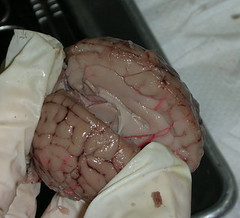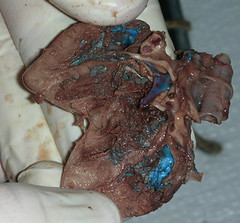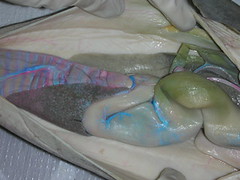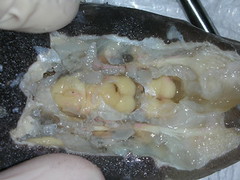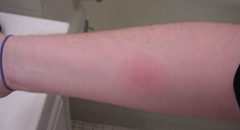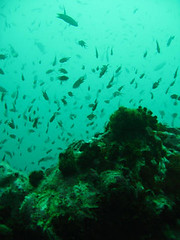Exhibit A
Lord Melvyn Bragg has written a book entitled Twelve Books that Changed the World and the BBC now was a forum asking readers what their selections would have been. The criteria loosely translates to: books that changed the world to that in which we now live. He included selections from Charles Darwin, George Orwell, and Adam Smith, among others.
Many of the public responded with the Bible, a few with Albert Camus, several with Ann Rand, and many concurred with Orwell, but one notable member of the public, Mark Keen from Swindon, submitted the DaVinci Code. He has got to be kidding. I mean seriously. I like my insubstantial fiction now and then just as much as the next person, but what exactly is true about the post-DaVinci Code world that was not true of the pre-DaVinci Code world? Upsetting the religous community and constantly being in the press are not world changing qualities, or else we would have to include TomKat and Lindsay Lohan as world-altering figures. Please.
On the American side of the pond the New York Times magazine has an interview this week with Bonnie Fuller, the editorial director of American Media. I won't even go into the appalling book she's recently written titled The Joys of Much too Much but instead will mention the transcribed statement "I guess I am registered as a Democrat. I guess, because you have to register?" How exactly did this woman become editor of some of the most widely read women's magazines? Granted, Glamour isn't exactly a hot bed of political debate, but even they put "register to vote" as a "Do!" And shame on the New York Times for called Ms. Fuller "a symbol of female accomplishment." We can do so much better.
